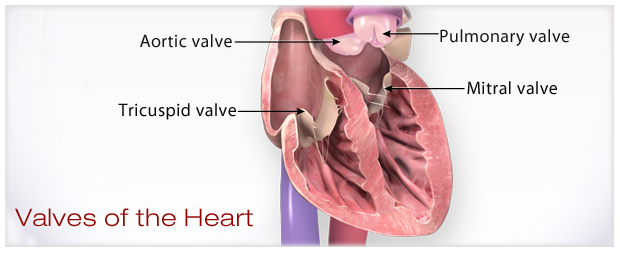Problem: Pulmonary Valve Stenosis

What is pulmonary valve stenosis?
Pulmonary stenosis, also called PS, is caused by a narrowing of the pulmonary valve opening. PS restricts blood flow from the lower right chamber (ventricle) to the pulmonary arteries, which deliver blood to the lungs. It’s most commonly the result of a congenital heart defect. However, rarely PS can develop as a result of infections such as rheumatic fever or carcinoid syndrome. Carcinoid syndrome occurs when a rare cancerous tumor called a carcinoid tumor secretes certain chemicals into your bloodstream, causing a variety of signs and symptoms.
Watch a valve stenosis animation.
Who's at risk for pulmonary stenosis?
Pulmonary stenosis, which is rare among adults, is usually caused by a birth defect, also called a congenital heart defect. Moderate to severe PS is most often diagnosed during childhood due to the loud heart murmur associated with the condition.
What are the symptoms?
If PS is mild, there probably won't be any noticeable symptoms. If it's moderate or severe, you may experience some of the following:
- Abdominal distention
- Bluish color to the skin
- Fatigue
- Fainting
- Shortness of breath
- Chest pain or palpitations
- Poor weight gain or failure to thrive in infants
- Poor appetite
What are the treatments and probable outcomes?
Treatment is needed when the pressure in the right ventricle is high (whether or not there are symptoms). High pressure in the ventricle can lead to enlargement of the heart and heart failure.
Ongoing follow-up care
People with mild pulmonary stenosis can often maintain heart function without getting worse. When other congenital heart defects are present, medicines may be used to treat symptoms. However, depending on the severity of the stenosis, the valve may be repaired or replaced by surgery, or by a minimally invasive procedure.







